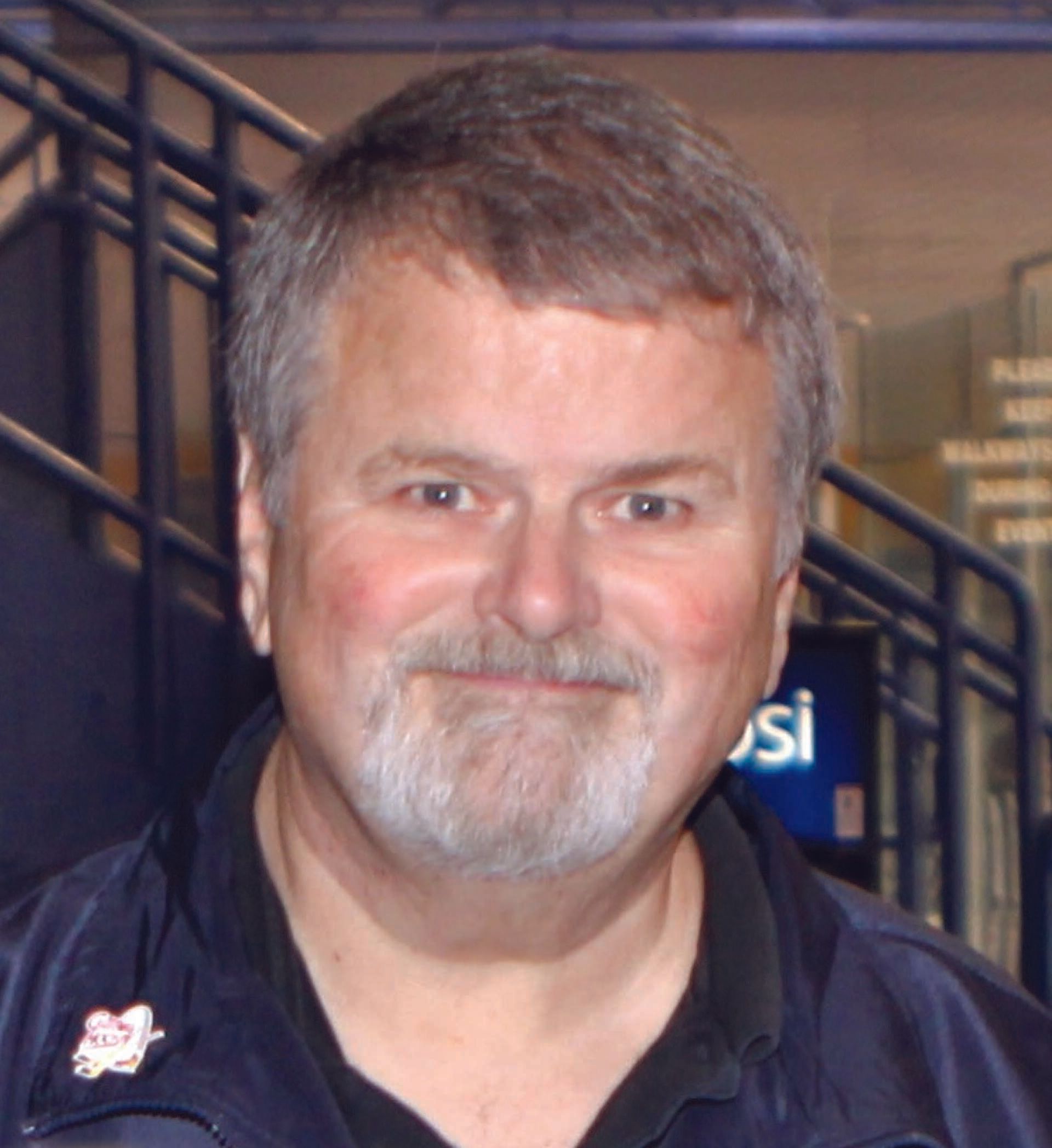Jim Hermann
Coach / 2015

Bio
I started coaching my son's mite house team at Kirkwood in 1989. I went on to coach a couple more years at the house level and then onto youth travel teams
- 1991 served on board of directors for Kirkwood Youth Hockey Association as Director of Coaches and Player Development.
- 1994 - 1996 was the defensive coach for Parkway West Varsity team.
- 1996 joined the NHL Off-Ice Officials crew for the St. Louis Blues.
- 1998 - 1999 was assistant coach for St. Charles West Varsity team.
In December of 1993 I received a letter from Tony Sansone, Jr asking for volunteer coaches for a team he wanted to start exclusively for youth and adults with cognitive disabilities such as Down-Syndrome and Autism. I thought this would be a great opportunity to give back to the community. While traveling, Tony had read about an ice hockey team outside of Toronto specifically for youth and adults with cognitive challenges called the Grandravine Tornadoes and Tony and his wife, Peggy had decided to start a similar team in St. Louis.
On January 31, 1994, 17 players and 12 coaches hit the ice at Brentwood for what would become the Gateway Locomotives. The Locomotives were patterned after the Grandravine Tornadoes and the founders of that program, Pat and Joan Flick joined us on our inaugural skate.
Over Thanksgiving weekend, 1994, we hosted the Grandravine Tornadoes in a tournament in St. Louis. This being the first ever game between two different teams comprised of cognitive challenged teams, memorabilia from this game is on display in the International Exhibit of the Hockey Hall of Fame in Toronto, Canada. We again hosted a tournament in St. Louis in 1995 for 4 teams. (Grandravine Tornadoes, Durham Dragons, Colorado Golden Eagles and the Locomotives)
St. Louis hosted a third tournament in 1996 for 6 teams with the New York Raptors and the Ottawa Valley Ambassadors joining the original 4 teams. Later in 1996, representatives from all 6 teams met in St. Louis and formed Special Hockey International, (SHI) a new league to advocate and foster international play between Special Hockey Teams in the USA and Canada. It was also determined that future tournaments would be hosted by alternating teams in the USA and Canada. The SHI Tournament in 1997 was hosted by the Durham Dragons in Toronto.
In 2003, the Locomotives were asked to participate in an exhibition game against the Washington Ice Dogs at USA Hockey's Youth Tier 1/Tier II 17 & Under National Championships at the Ice Garden in Laurel, MD. USA Hockey representatives at that tournament then decided to add Special Hockey as a section of their Disabled Division and the Locomotives and other Special Hockey teams participated in the first USA Hockey Disabled Festival in Detroit, MI in 2004.
In 2004, I met with a representative with the Washington Ice Dogs, Mike Hickey, and formed American Special Hockey Association (ASHA) to foster growth and support for special hockey programs throughout the USA. Today, there are 30 clubs, 76 teams and 2,000 players registered with ASHA and USA Hockey in the USA and 40 clubs with over 2,500 players in Canada and 2 clubs with 35 players in London, England, registered with SHI.
In 2006, the 10th anniversary of the formation of SHI, St. Louis hosted a 4th tournament in St. Louis with 17 teams and 277 special athletes participating.
The one thing I learned over the 21 years working with the Locomotives is that the word disability is really a misnomer. These special individuals all have the ability to play this great game. You just have to give them that opportunity. These special athletes come without biases, prejudices or hidden agendas. What you see is exactly what you get and we accept them onto our team not for what they can be, but for who they are.
In addition to teaching how to play the game of ice hockey, the Gateway program promotes in each player, confidence, responsibility, self-determination, teamwork, self-esteem and personal accountability, characteristics that will benefit each player both on the ice and in their daily lives.



